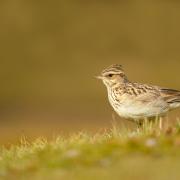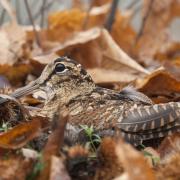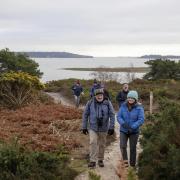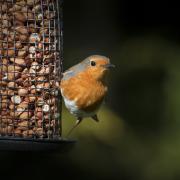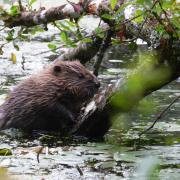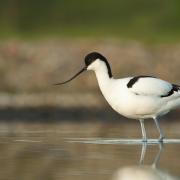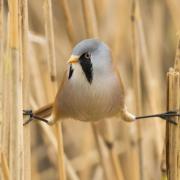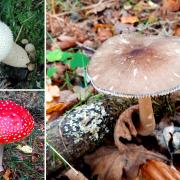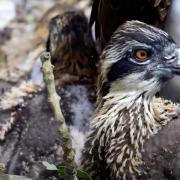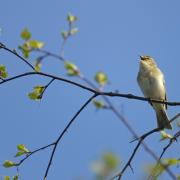How many bird species can you log in 2022? According to Paul Morton from Birds of Poole Harbour it is possible to see over 150 different species over the course of the year in Dorset. Here's his guide on what to see when and where, so draw up that list and start ticking them off
January and February provide a perfect starting point to get your 2022 birding adventure underway. Poole Harbour is full of waders and wildfowl up until the end of February with avocet, dunlin, redshank, black-tailed godwit, curlew, grey plover, teal, wigeon, pintail and brent geese just some of the winter visitors you can potentially tick off your list. Redwing, fieldfare and firecrest should also be on your radar before they too depart in early spring.

As winter gives way to spring the first African migrants arrive on our shores. Chiffchaff, wheatear and the first swallows will all be with us in late March. By April woodlands and hedgerows are filled with the songs of blackcap, willow warbler and common whitethroat. Keep a beady-eye out for passing spring migrants like pied flycatcher, common redstart and yellow wagtail.

Late spring and early summer see the heathlands come alive not only with birds, but with insects too. Dartford warbler are now in full territorial mode, and the harsh ‘hoowheet-chack’ of defensive stonechat is common place as hobby (a small falcon) begin their aerial displays overhead. Woodlark and cuckoo provide an audible feast, and look for displaying tree pipit parachuting down to slender pine tips. As dusk falls nightjars, often heard before seen, begin their nocturnal antics, providing a spectacular addition to your 2022 bird list.

Late summer and early autumn are a true joy. Hopefully, osprey which arrived in spring will have successfully nested in Poole Harbour, we are all hoping they will breed this time. However, even if they don’t August is by far the best time to see them as migrating osprey head down from Scotland and northern England, stopping off to feed on grey mullet and flounder.

Add white-tailed eagle to your list by clicking here to find out where they are in Dorset
Passage migrants such as black tern, whinchat, wheatear, ruff and wood sandpiper are all classic mid-autumn species that should be sought out for your list. Then, as the warmth of a late September day gives way to a chilly October morning, look for species like brambling, lesser redpoll and crossbill moving along the headlands of the Dorset coast, providing not only a birding spectacle but a beautifully scenic one too.

Finally, to end the year, and a chance to catch up on any winter species you may have missed in January and February. Raptors are easiest to see in November and December with merlin, marsh harrier and hen harrier top of any ‘must see’ list. And if you manage to spot some of the ‘tricky’ open-water birds like great northern diver, red-necked grebe and velvet scoter, then you will end your year on a massive birding high.

So get planning, get focused and get out there with your binoculars and notebook.
Find out more, including booking local birdwatching cruises at birdsofpooleharbour.co.uk









